Who does not like dosa, the signature south Indian breakfast! On 16th November 2014! History was made in Hyderabad with the making of world’s largest dosa measuring 54 feet 9 inches and weighing 13.69 kg at a restaurant called Daspalla.
Today Daspalla Hotels and Restaurants have created a big brand in Undivided Andhra Pradesh for their unique food innovations and hospitality, however, very little is known about the brand itself Daspalla, a tiny town in the frontiers of Odisha’s Nayagarh district surrounded by dense forest and hills of Mahanadi Division of Satkosia Gorge Sanctuary.
Nestled amidst the pristine beauty of nature, this sleepy little town has a rich legacy of past though its present maharaja, his highness Digvijay Deo Bhanja and the chairman of Daspalla Hotels Limited have settled in the port city of Vizag from the time of his late father Sri Purna Chandra Deo Bhanja’s move after his marriage to a Telugu Princes in 1949.
Silence in Kuanria Wetland
The princely state of Daspalla was founded in 1498 CE by Naran Bhanja, a younger son of Raja Narayan Bhanj Deo of Boudh during the reign of Siddya Bhanja. At that time the present Daspalla was a part of the Baudh Kingdom inhabited mainly by Kondh tribes in the inaccessible jungles of this frontier region. During the rule of Bira Bhanja, there was a rift for power between him and his younger cousin Sal Bhanja. The dissident Sal Bhanja left Baudh for Puri to meet the Gajapati King for assistance. While resting with his followers at a place called Padmatola Ghat on his way to Puri through Jagannath Sadak, the king of Nayagarh came to know about the troop and arrived here to help. Both made alliance and the King of Nayagarh declared him as the king of the area, the present Daspalla region. In no time the news of this development reached Baudh. Bira Bhanja got annoyed and declared a war against Sal Bhanja. But the troop of Bira Bhanja got defeated thanks to the alliance between Sal Bhanja and the king of Nayagarh.



River Mahanadi near Daspalla
As Sal Bhanja got yasa (fame) after defeating the king of Baudh he named his kingdom Yaspalla which later came to be known as Daspalla. It is also believed that Daspalla got its name from 10 villages that were combined to form the gadajat.
Travel Tips
Daspalla is located on the highway that connects Bhubaneswar with Bolangir via Nayagarh and Baudh. The distance between Bhubaneswar and Daspalla is 125 KM and it takes about 3 hours. Keep a day for exploration in and around Daspalla. If you wish to stay overnight either you can stay at Barmul Nature camp on Satkosia Gorge (50 km) or at Nayagarh, the district headquarters. One can also travel by train up to Nayagarh from Bhubaneswar and then take a bus or public transport. But the vehicle of your own is advisable. While at Daspalla don’t forget to relish Odisha’s signature sweet chennapoda (it was originated here).


Picture Credit – Satyabrata Dash
The earliest capital was at Badmul on the bank of Mahanadi. However, at the time of Padmanav Bhanja, the 9th king of Daspalla, the capital was shifted to the present location. A legend goes: during a hunting expedition the king was impressed with a heroic action at this place, a wild dove chasing a chhanchan (bird of prey) and decided to build his new capital here.
Also, Read Here:
Splendours of Sonepur – In the land of Ramayana’s Lanka
After independence when Daspalla was merged with the Democratic Republic of India, the former Raja of Daspalla Sri Purna Chandra Deo Bhanja, the 18th on the line shifted to Visakhapatnam and since then the Rajabati (the palace) has become obsolete.

Picture Credit – Satyabrata Dash


Daspalla Palace
Built-in the colonial style of architecture, in the days of the British Raj, small banquettes were regularly thrown here by the royal family for the benefits of the Governors of Odisha and these banquettes used to be catered by the Grand Hotels in Kolkata. Purna Chandra Deo Bhanja Ji had widely travelled during his young days and he was a great philanthropist having specific interest in the spread of Jagannath Cult. Of late, the abandoned palace is getting a new breath of life as it is being made a heritage hotel.
Also, Read Here:
Barbara Forest – A Blend of Nature, Indigenous Culture and Archaeology
Travelling around Daspalla is like back in time. Laidback villages, farmlands, warm-hearted people, scenic wetlands, relishing mouth-watering chennapoda, fish and prawns from Mahanadi and trekking through its enchanting hills and forests make Daspalla a perfect weekend retreat.





There are two ways to reach Daspalla from Bhubaneswar, one via Nayagarh, the shorter route, but with less interesting characters and the other via Kontilo on the bank of Mahanadi, the original abode of Lord Jagannath and then Gania, famous as the gateway to the Mahanadi Gorge Sanctuary. We took the second route.
Also, Read Here:



At Gania, you relish the most authentic version of chennapoda and if you are on time, in the early morning hour you can experience its method of preparation. Try out the sweet at Jagannath Sweet Stall, where you get the best of the sweet anywhere in Odisha made out of freshly backed chenna, the country cheese.



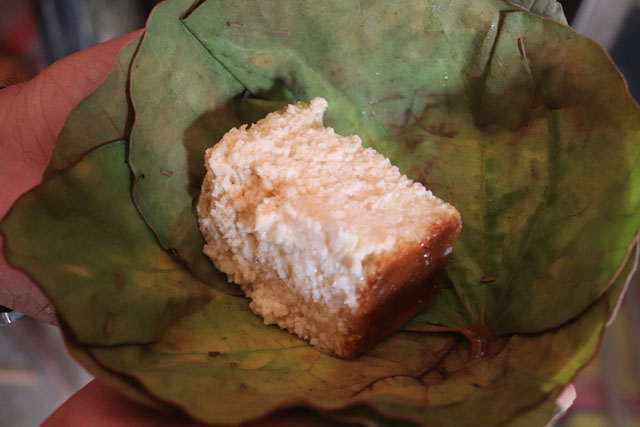
From Gania take the winding highway through countless farmlands, forested mountains on both your sides. The landscape is untouched by time. On your way, you meet warm-hearted Odia souls at villages surrounding the highway.

At a distance of 7 km from Daspalla, there lies yet another hidden secret, the Kuanria Wetland, an irrigation dam project developed also to help local fishermen. Treks and resting places have been created surrounding the wetland by the forest department. A large number of migratory birds also flock to this reservoir during winters.
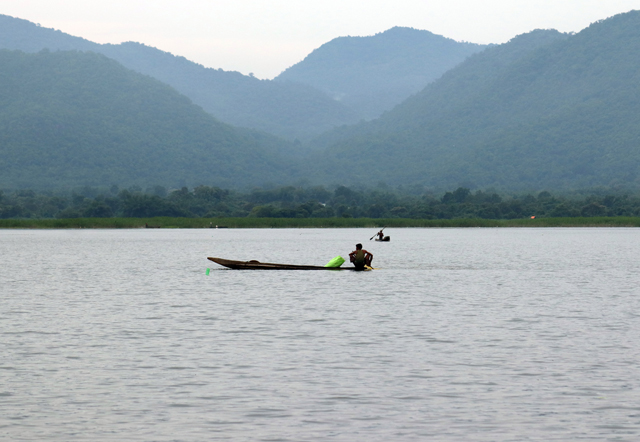







You can sit here in silence for hours watching fishermen in actions. Even you can buy from the fresh catch and take home or arrange a barbeque meal onsite.
Daspalla is also a culture hub of Odisha. Thanks to the patronage and initiatives taken by its erstwhile rajas, here Ramnavmi is a big draw with carnivals telling the stories of the Ramayana through street theatres, lights and actions.



Undoubtedly Daspalla is a great weekend retreat from the hustle and bustle of Bhubaneswar. Come and discover the magical charm of this frontier land wrapped in mysteries of history, culture and nature.
Author: Jitu Mishra
He can be contacted at jitumisra@gmail.com













































































































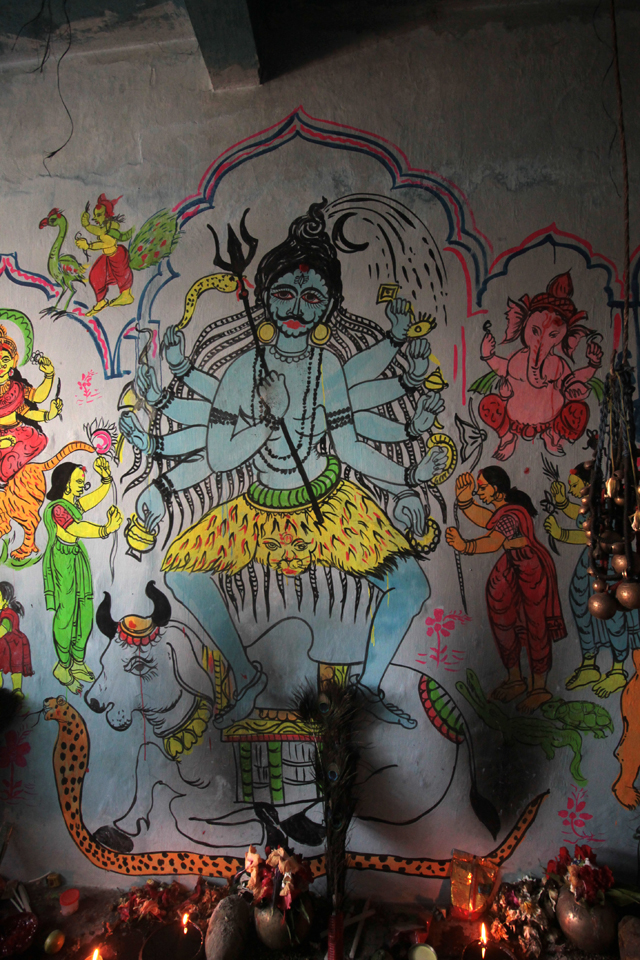




























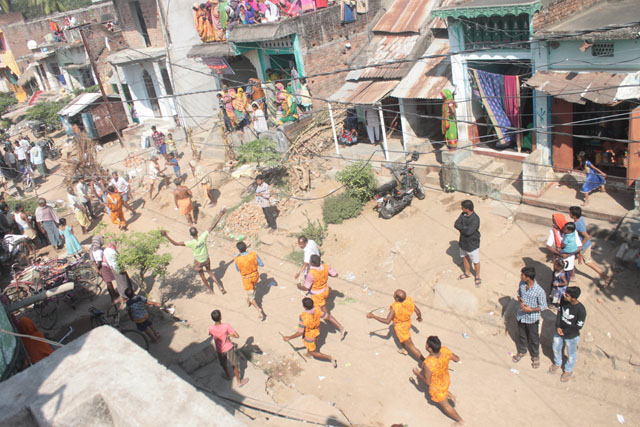





















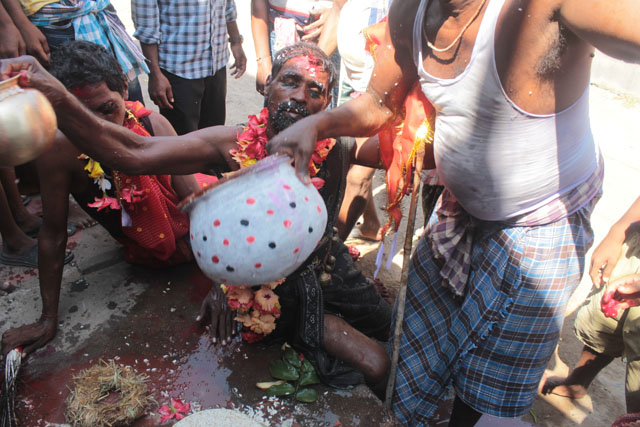













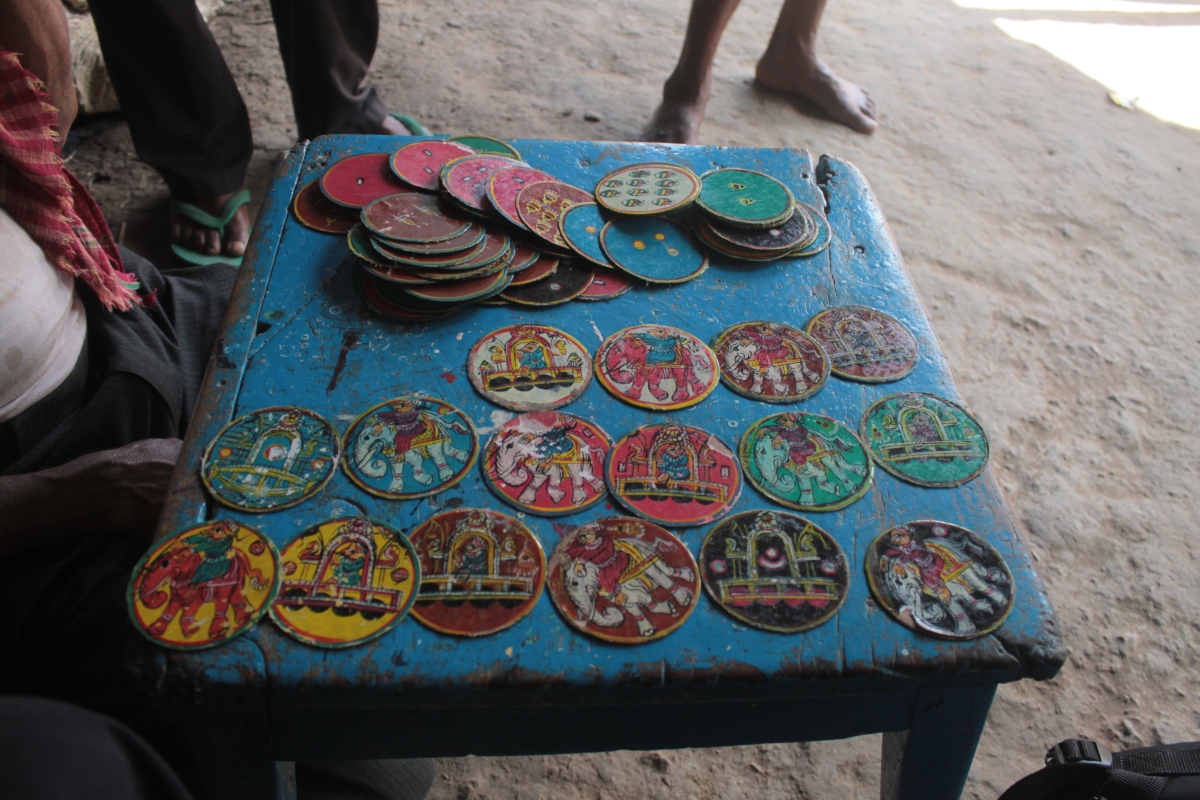
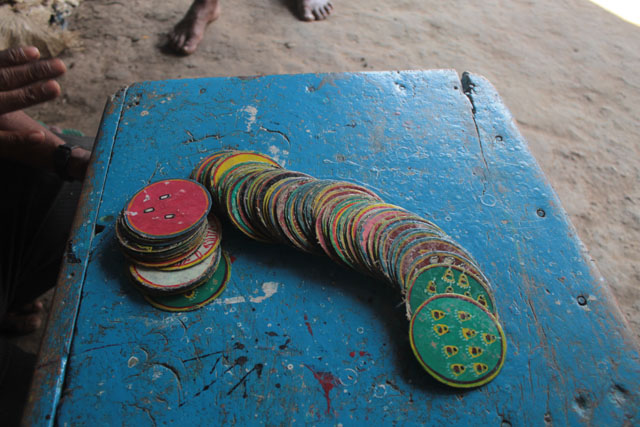


 Sarathi
Sarathi
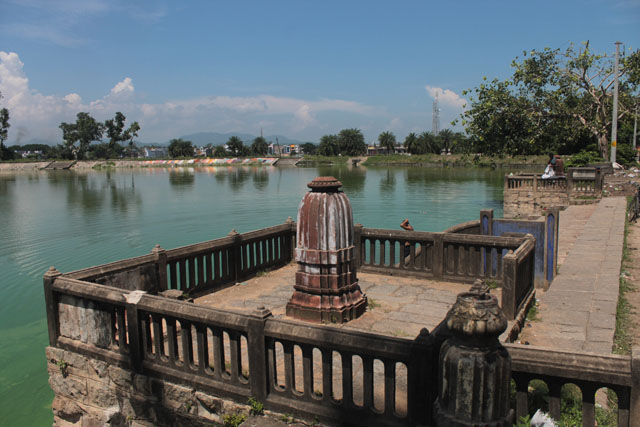
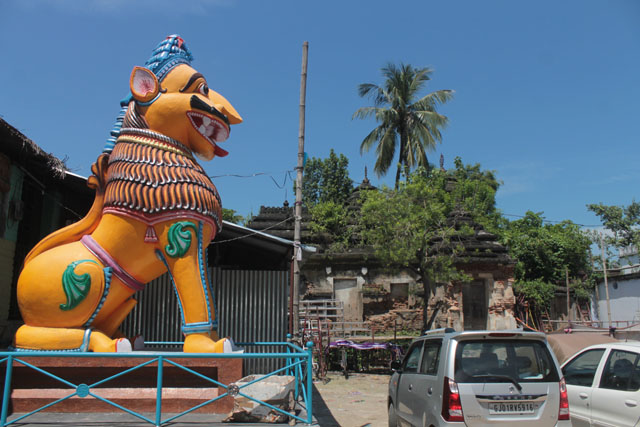

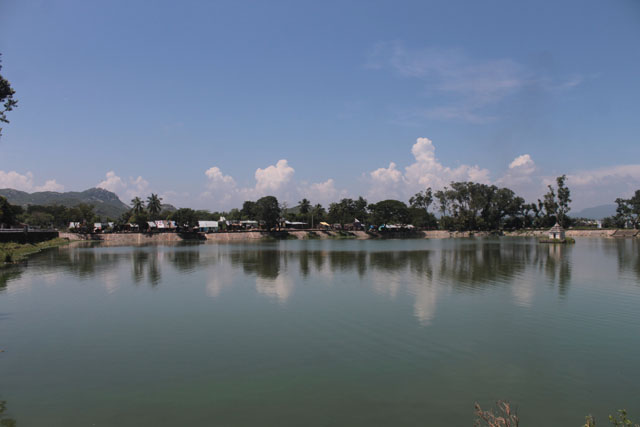


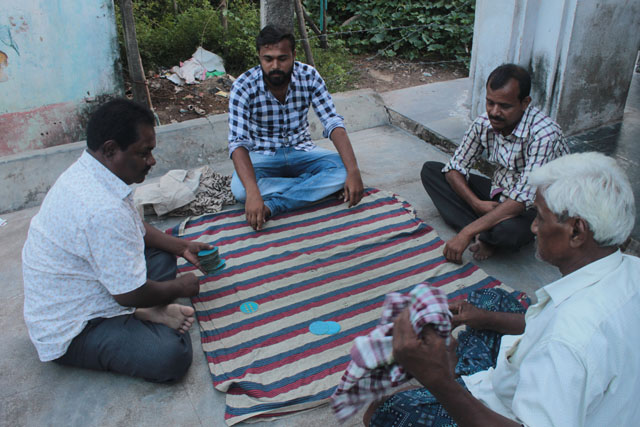
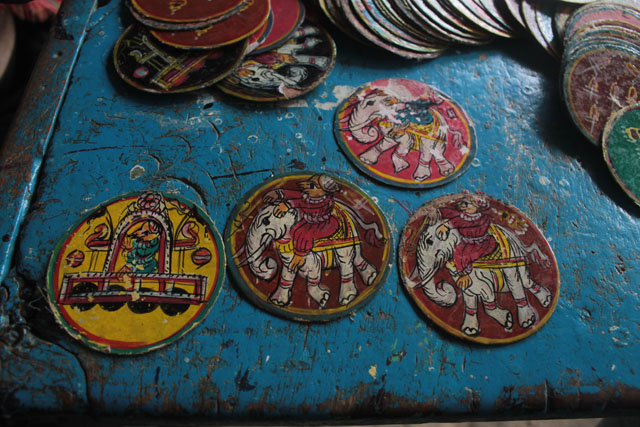
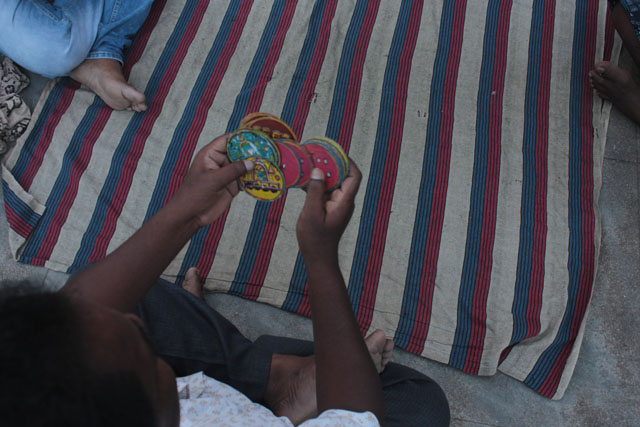



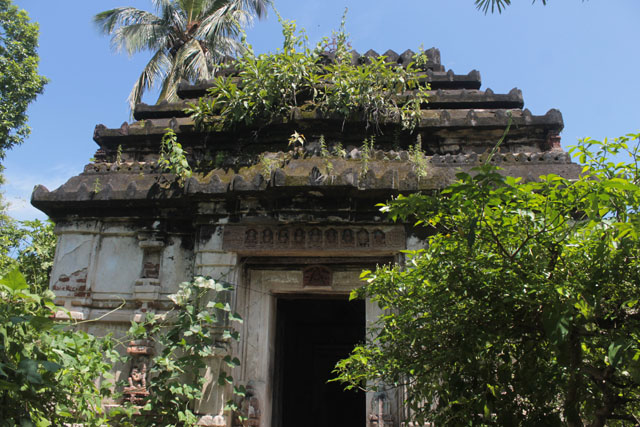
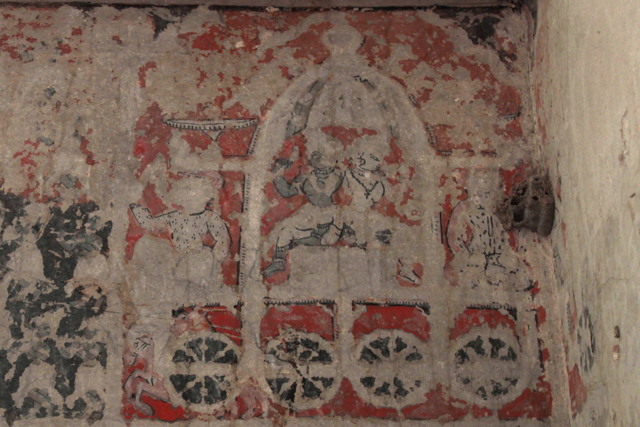


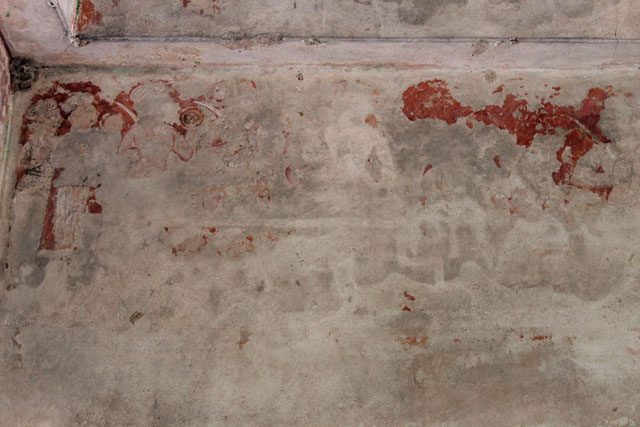
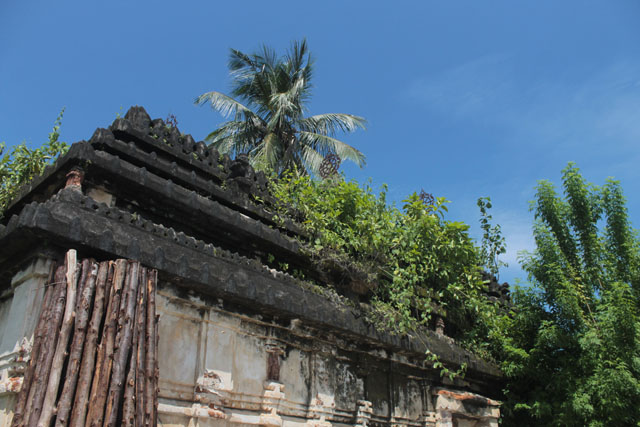



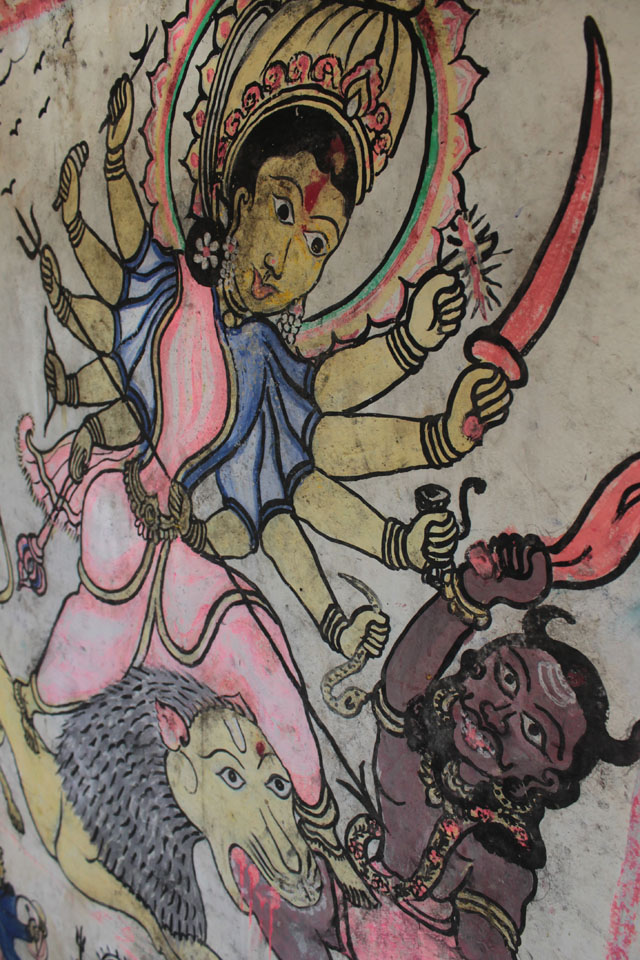

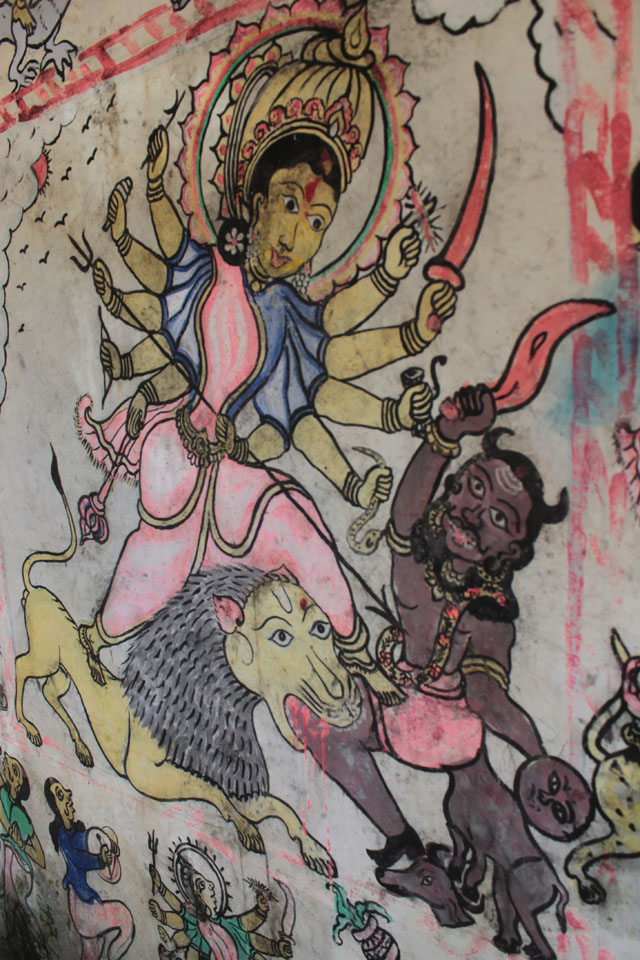
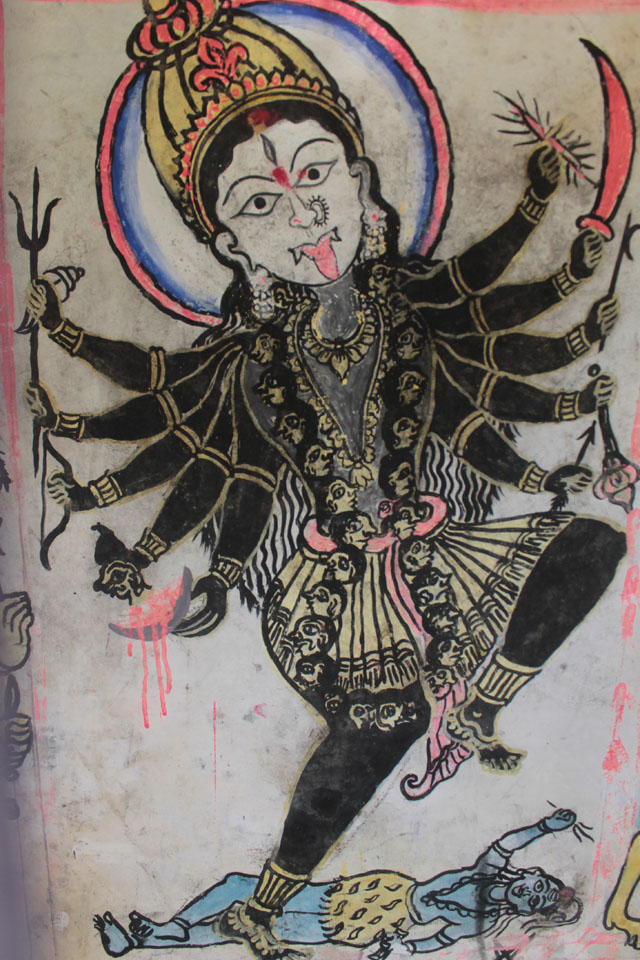
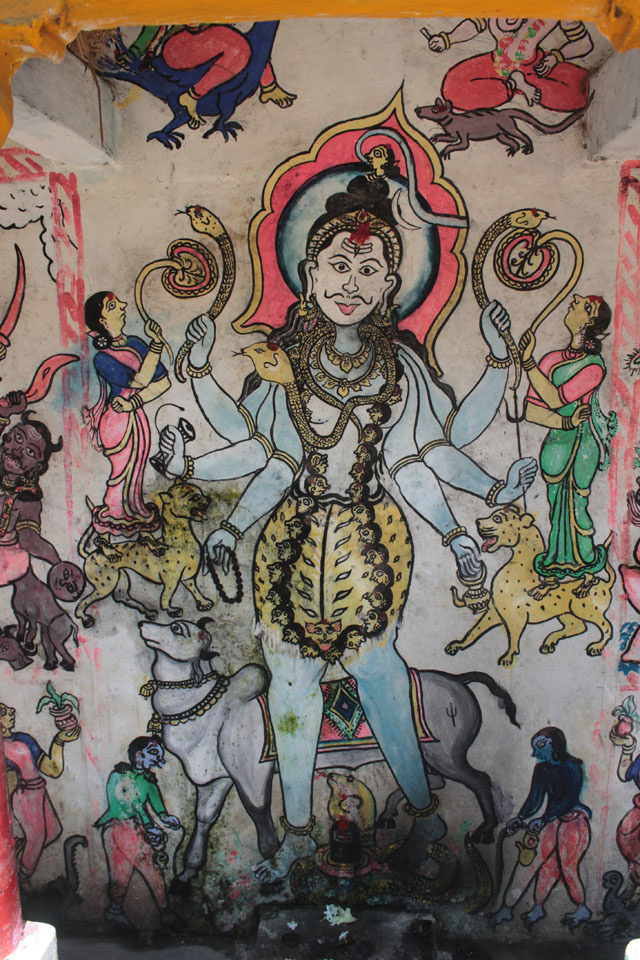
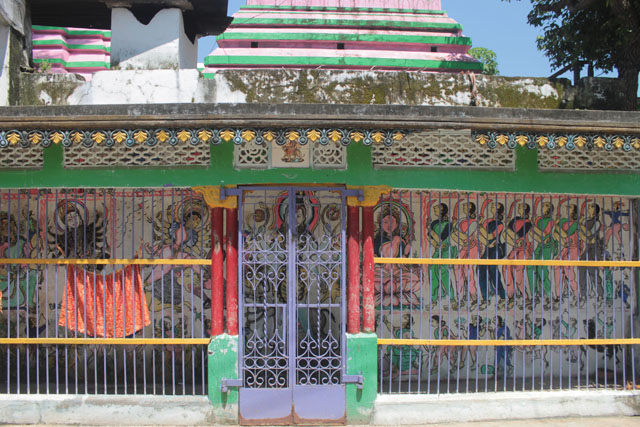

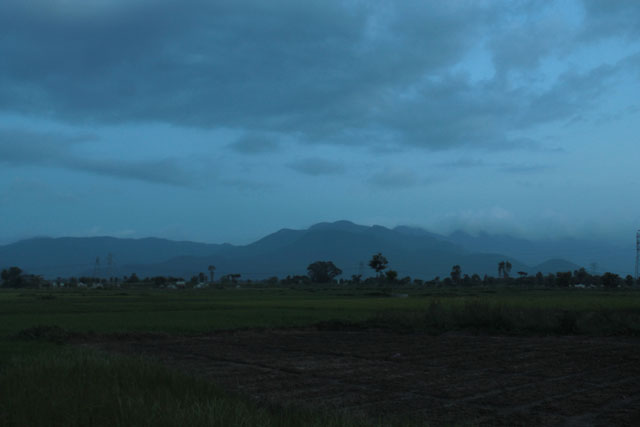

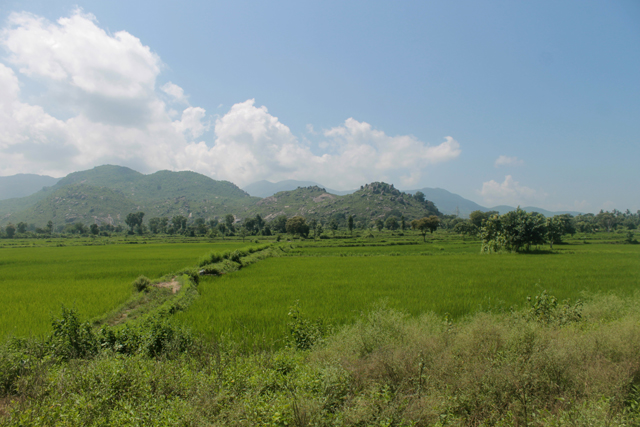
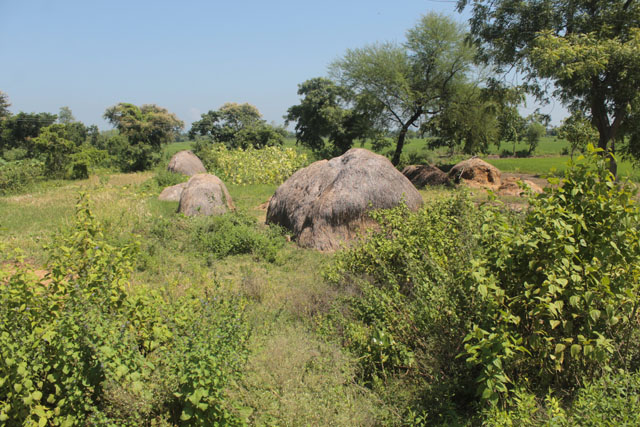
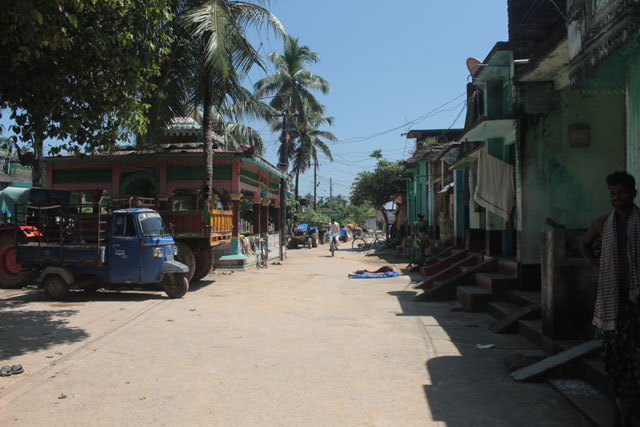
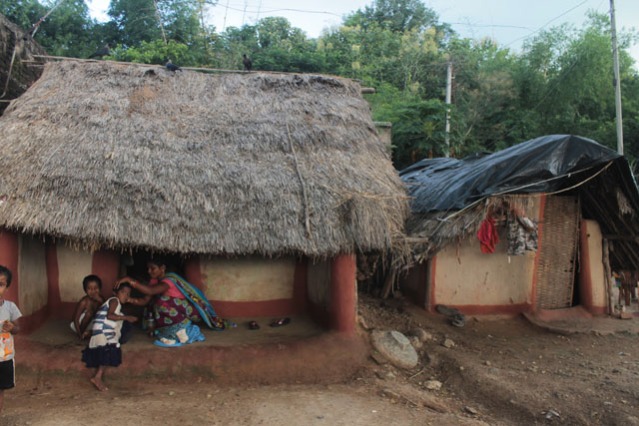
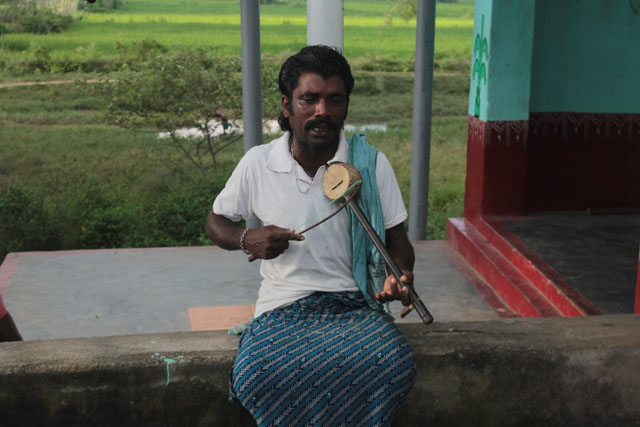



























































 A delicious Odia Thali at Kanika Restaurant of Mayfair Lagoon
A delicious Odia Thali at Kanika Restaurant of Mayfair Lagoon 
















































